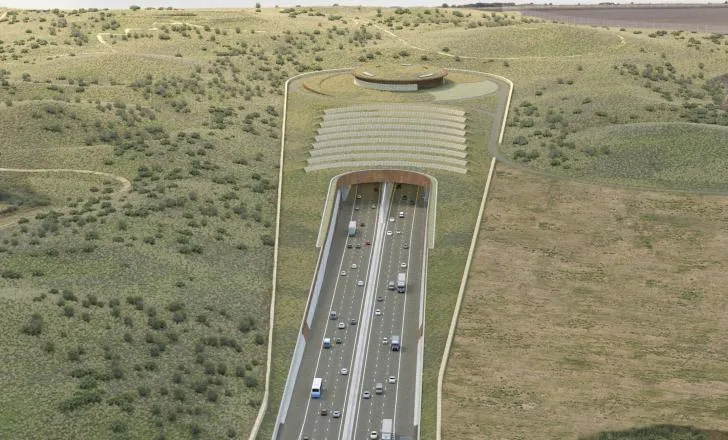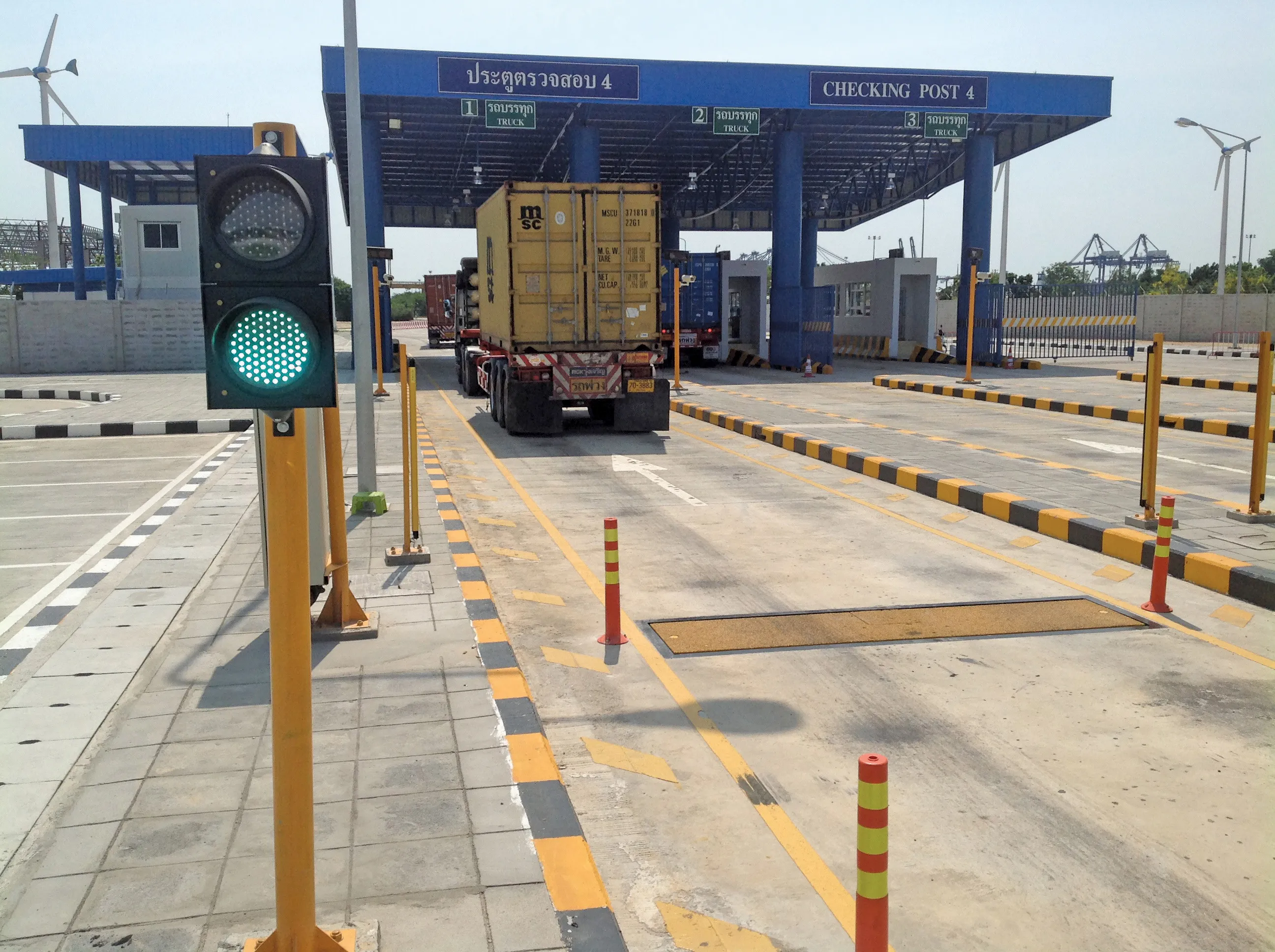Consultant AECOM is now working with Highways England on improvements to the busy A303 in the UK. The road upgrades will be carried out between Amesbury and Berwick South Down along a 13km section of the A303 route. AECOM will work with its supply chain partners Mace and Mouchel on the project. As the current alignment for the A303 passes just 165m from the Stonehenge World Heritage site (WHS), there is a strong need to redevelop the route so that it causes less harm to this important archaeological area. T
April 12, 2017
Read time: 2 mins
Consultant 1397 AECOM is now working with 8100 Highways England on improvements to the busy A303 in the UK. The road upgrades will be carried out between Amesbury and Berwick South Down along a 13km section of the A303 route. AECOM will work with its supply chain partners Mace and Mouchel on the project. As the current alignment for the A303 passes just 165m from the Stonehenge World Heritage site (WHS), there is a strong need to redevelop the route so that it causes less harm to this important archaeological area. The A303 features a single lane in either direction at this stretch, which is not able to cope with traffic demand. Delays are frequent along this stretch of the route at peak periods, particularly during the holiday season when the normal traffic volumes, which includes a high percentage of heavy trucks, are further augmented by the presence of tourist vehicles. Safety is also a key concern. As a result, the plans call for the construction of a dual carriageway route running through a tunnel, which will boost capacity and safety, while minimising the impact of the busy road on the important archaeology of the area. The route also currently passes through Winterbourne Stoke and the project includes a bypass for the village, as well as improvements to existing junctions between the A303 and the intersecting A345 and A360. As technical partner, AECOM will support Highways England in the delivery of the project, providing highways and tunnelling design services, as well as environmental, heritage, noise, traffic modelling and procurement consultancy services.








